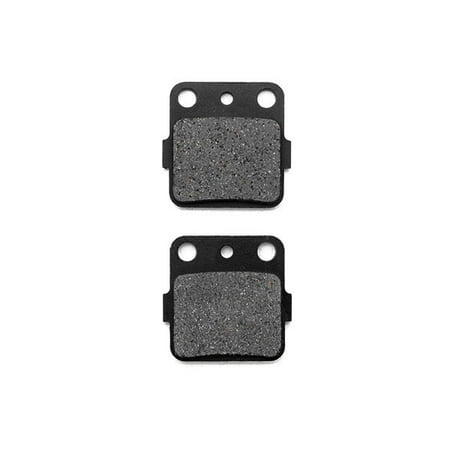OakTen Engine Stop Cable Murray 672840MA Murray walk behind mower models Cable length: 49-1/2″”
OakTen™ Control Cable Sell exclusively through DIY Parts Depot on Walmart.ApplicationFits specific Murray walk behind mower modelsCross ReferenceMurray 672840Murray 672840MALaser 94523Oregon 60-033-0Rotary 10695Raisman 80-45-127Stens 290-511SpecificationCable length: 49-1/2″Conduit length: 42-1/2″”Z” Bend on one end and “T” end on anotherOne pc per bag







Reviews
There are no reviews yet.